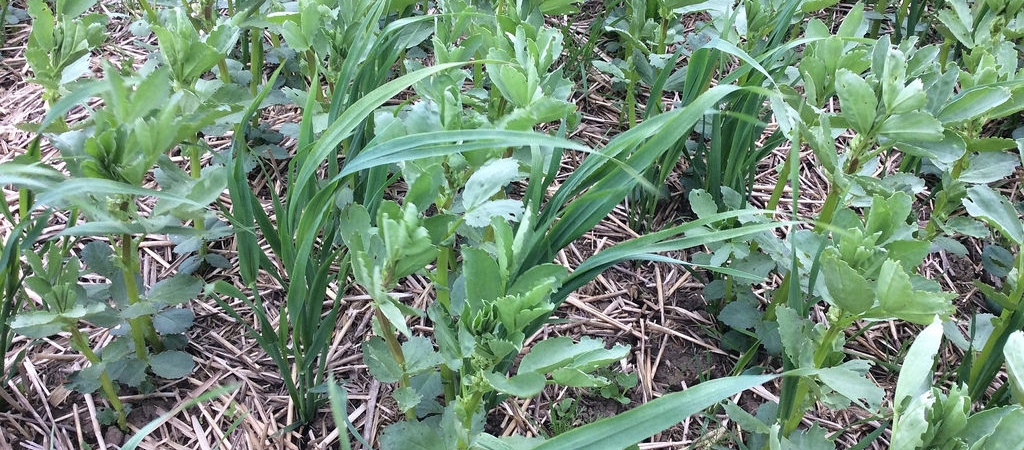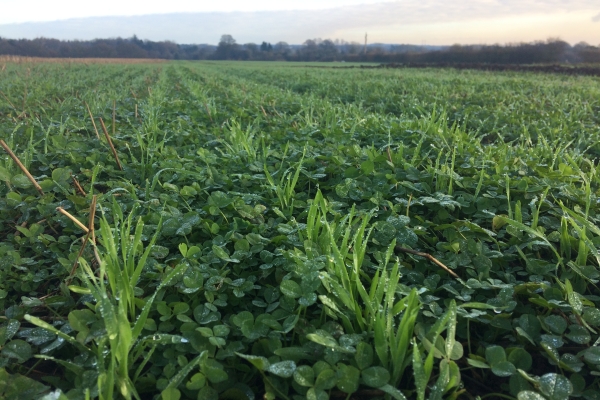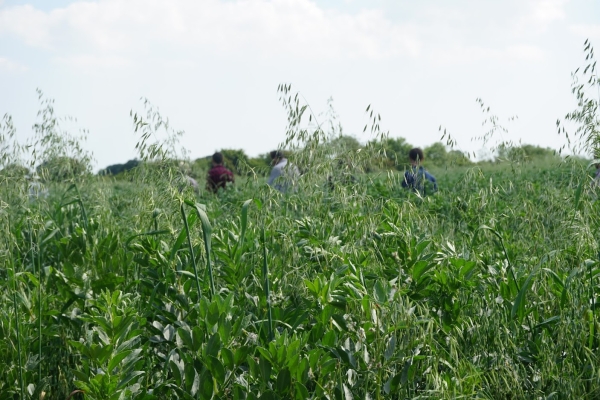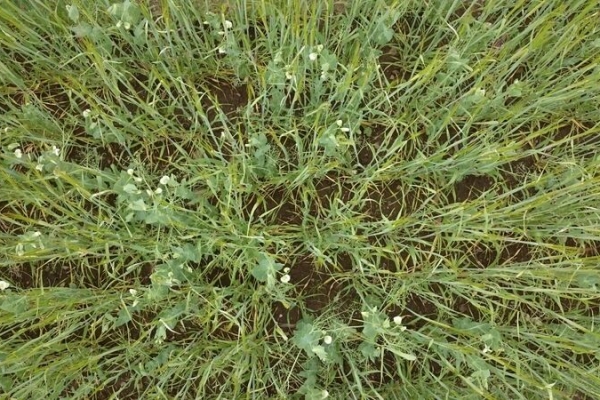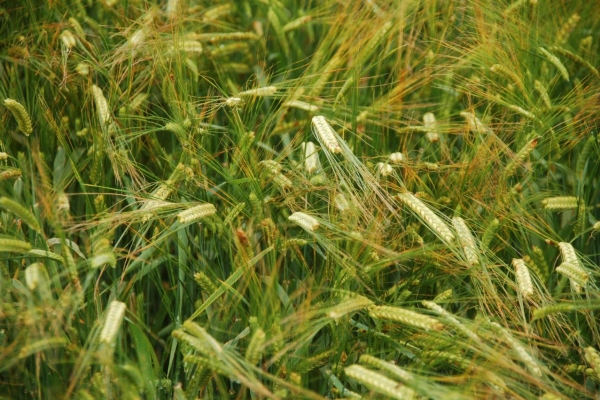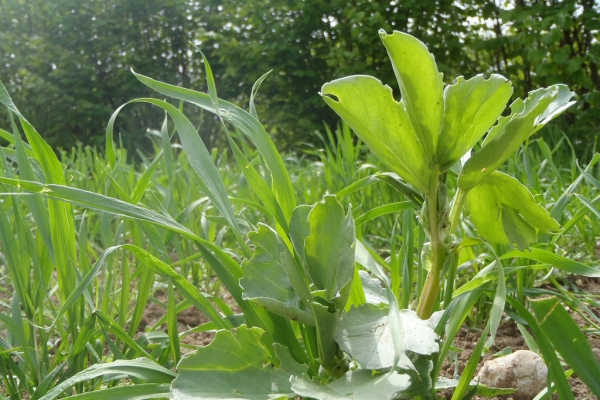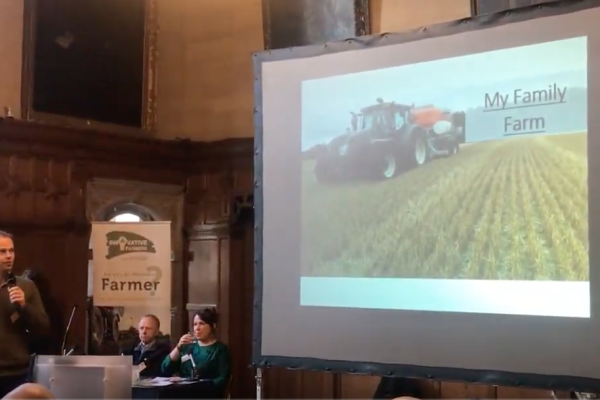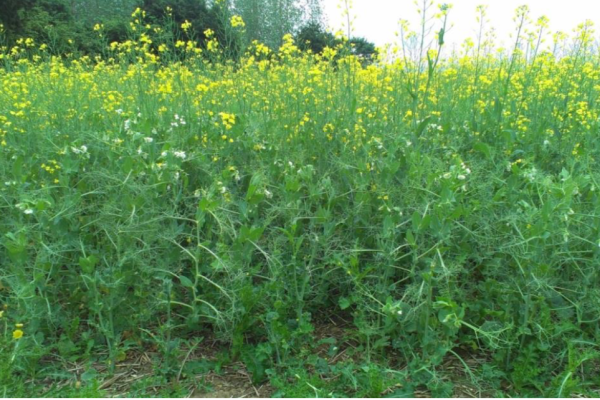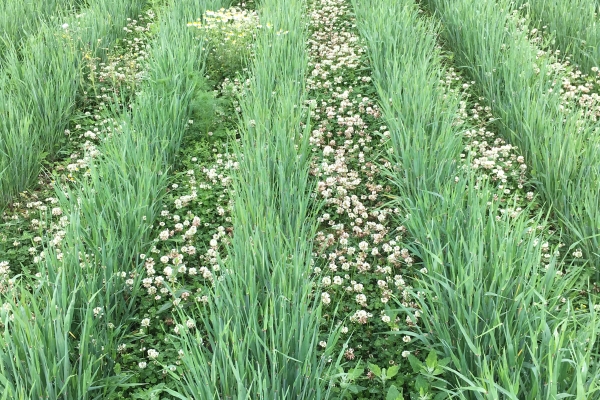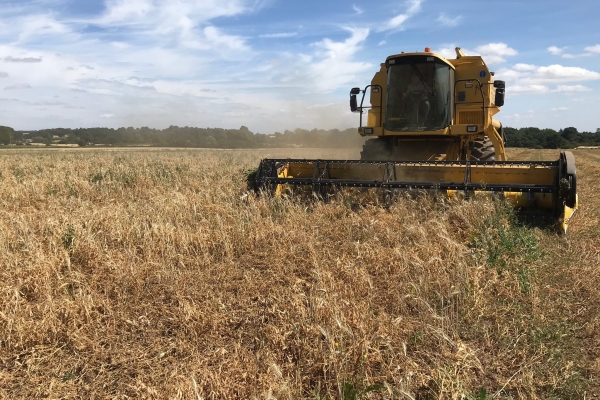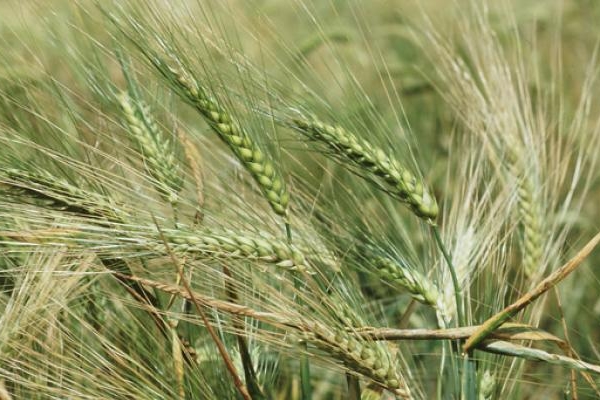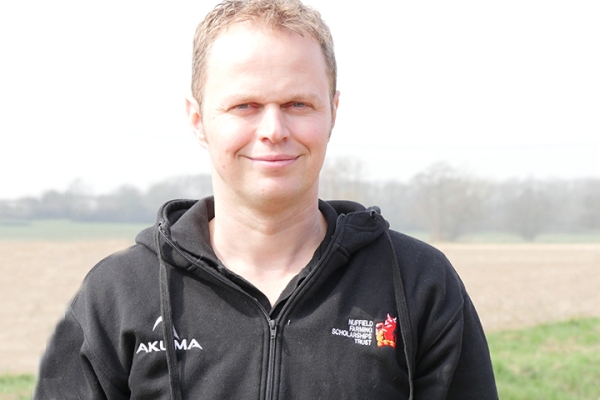Is intercropping the way forward for arable?
Andrew Howard presentation
Resource explained
This is an audio recording with accompanying slides of a presentation Andrew Howard gave at an OK-Net Arable Intercropping Event in June 2017. Andrew based his presentation on his own on-farm experiences and his Nuffield travels. He touches on many different aspects of intercropping; strip intercropping, relay cropping, pasture cropping, agroforestry, living mulches, undersowing, temporary intercropping and ‘full season’ intercropping. He also talks about the use of machinery, things to consider before starting intercropping, and potential future research. He describes some of the combinations of crops he has grown on his farm and what was successful and why.
Findings & recommendations
- Andrew highlights that intercropping / companion cropping has the potential to:
- Help with pest management by attracting beneficial insects and repelling others;
- boost crop yields and income;
- improve crop germination and root growth;
- and reduce insecticide and fertiliser use.
- Oats can be a particularly useful crop to use to help with weed control. Andrew refers to his experience of growing faba beans with oats, and flax with oats, explaining that “oats are very good at sucking up nitrogen in the immediate area, competing with weeds.”
- A big ‘take home’ message is that intercropping and companion cropping can potentially reduce off-farm inputs and produce up to 30% more crop yield.
- There is a really useful slide included within the presentation of ‘Things to consider before starting intercropping’ – i.e. do you have a market for the produce, which intercrop component do you want to dominate and which do you want to be subsidiary, and can your intercrops be separated after harvest?
Interested in the OK-Net Arable project? Access the knowledge base for the project here.
Also see Andrew’s Agricology profile and Nuffield report.
(Header image: Spring beans with spring oats. Photo credit: Andrew Howard)
